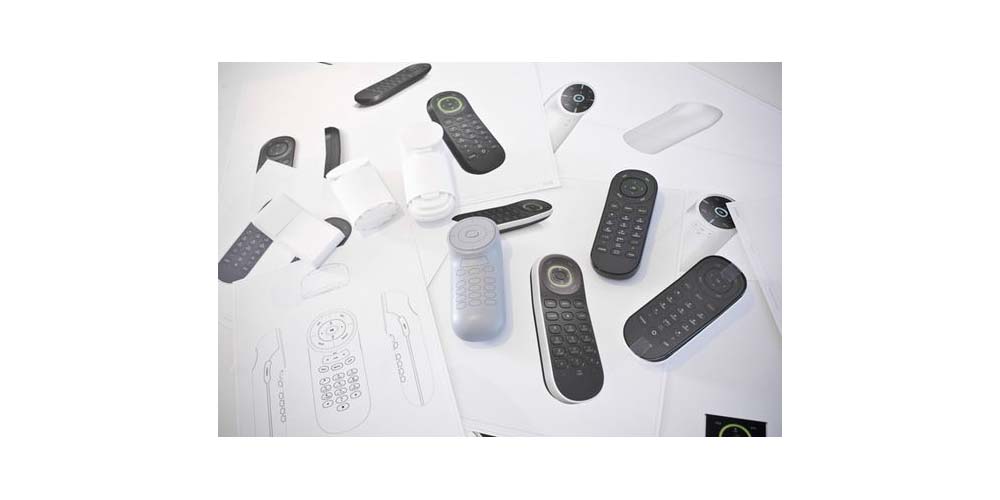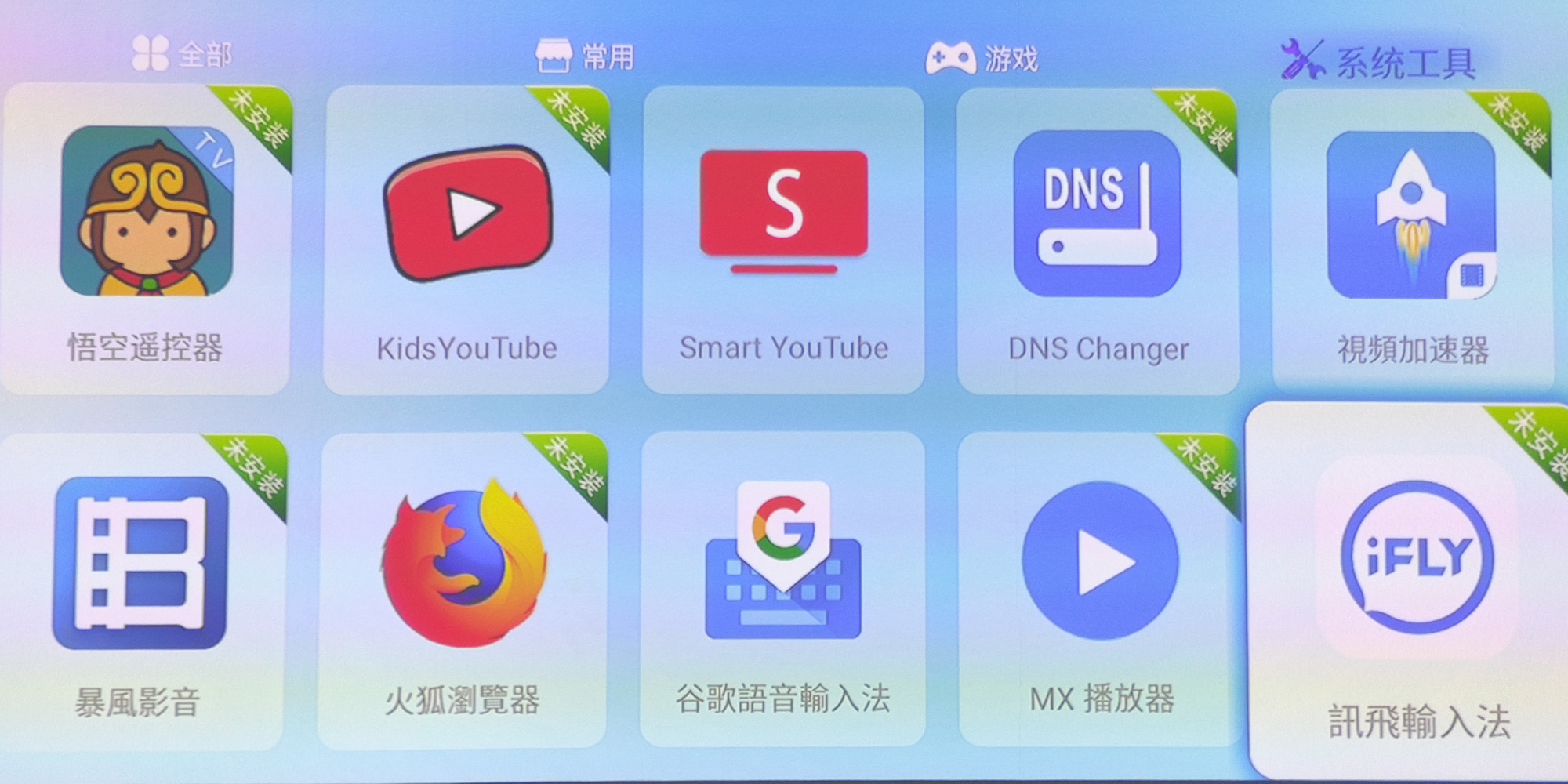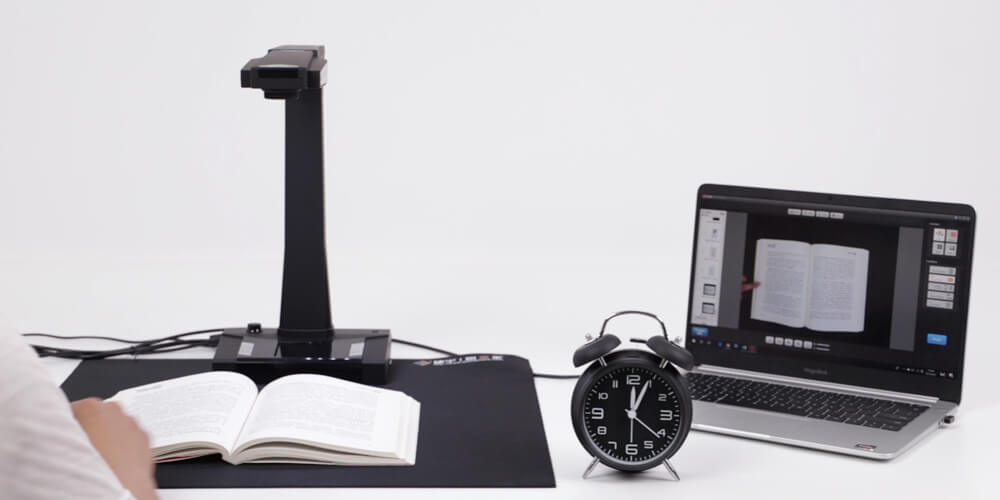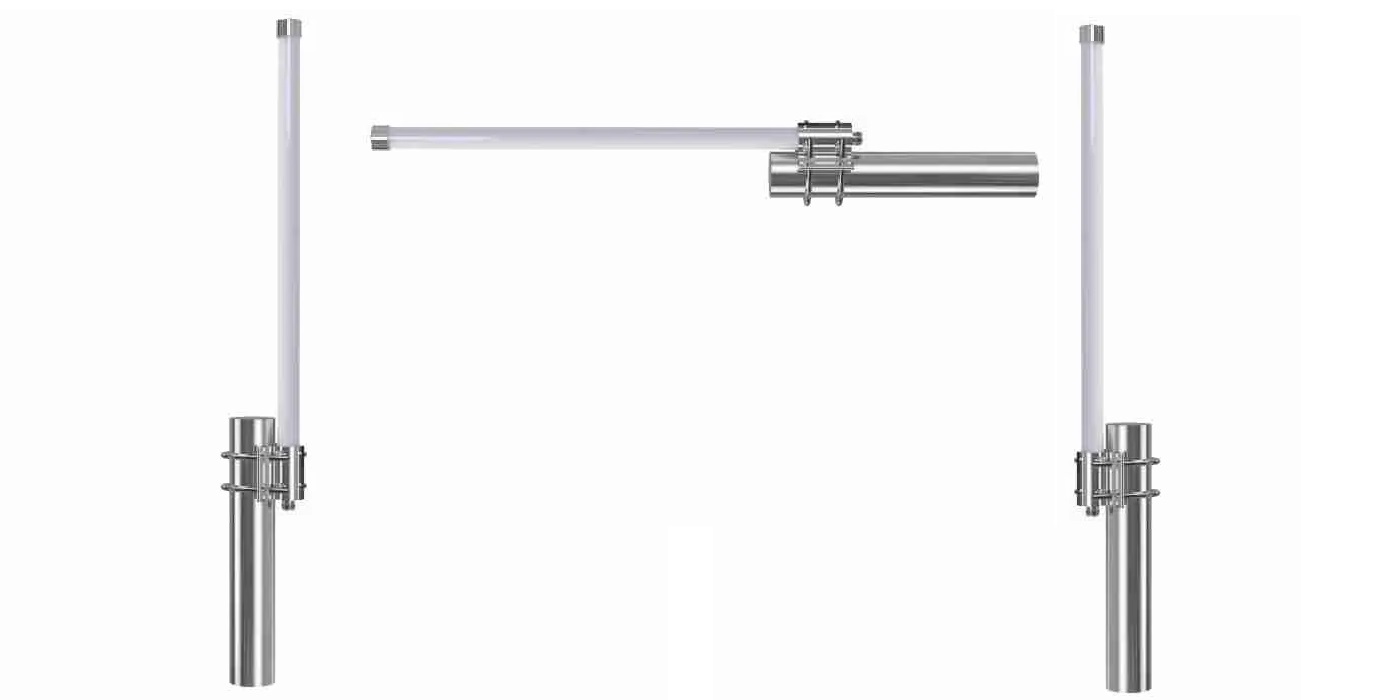Innovation is the order of the world today as different people strive to improve on the already existing products. For some industries, different firms have adopted innovation as their competitive advantage over other companies. The high level of innovation in industry and competition necessitates also industrial prototyping to ensure consistent improvements in quality. Your mind-blowing idea can only be made to be the perfect product in the industry by following various steps. Among the steps of idea generation and product actualization, prototyping is the most crucial step.
What prototyping really is
For you to appreciate the purpose of prototyping, you need to know what prototyping means. In simple terms, prototyping is the process of deriving a basic sample of things to be produced to enhance it if necessary. Having this knowledge, you can just tell the risk a product designer or manufacturer is subjected to when they proceed to mass production without having a prototype first.
Why you should have a prototype first
Prototypes have different importance depending on the model and your needs. Firstly, a prototype allows you to do some necessary adjustments before production. It also saves you the cost of developing a mass of defective products or one that is not publicly acceptable. Prototyping increases the chances of product success in the industry by minimizing risks.
Determining the best type of prototyping
As different prototyping model serves different needs, you will have to ask yourself the purpose of you going for a prototype. The purpose will enable a team of technical professionals to determine the type of prototyping to serve you. There are at least four models to help you determine the type of prototyping you need, they are;
- The working model
- Appearance model
- Verification prototype
- Low volume prototype
In the working model, you will be testing aspects such as the form of product, the size of the product, and many other factors that will increase the usability of the product. In the appearance model, the main interest is to ensure that the final product will be appealing to the public. Prototypes, therefore, serve the purpose of generating different opinions from people before proceeding to final production. In this case, the engineers may deliver a functional or non-functional prototype depending on your needs.
Verification prototypes are cross-referenced to the original idea or the primary prototype to ensure conformity. This type of prototyping will serve you better if you need to confirm if the idea conforms to the idea or plan in place. Verification prototypes are generated at the end of the product development process before final product production. Low volume prototype involves developing a few products first that serve as final products, then the products are given to a few individuals for testing then improvement can be done later.
Conclusion
Having a prototype is a crucial step in perfecting the quality and usability of the final product. Prototyping is developing an example of the final product and is useful in various ways. Depending on your needs, there are several models of prototyping you can adopt to suit your needs.
















